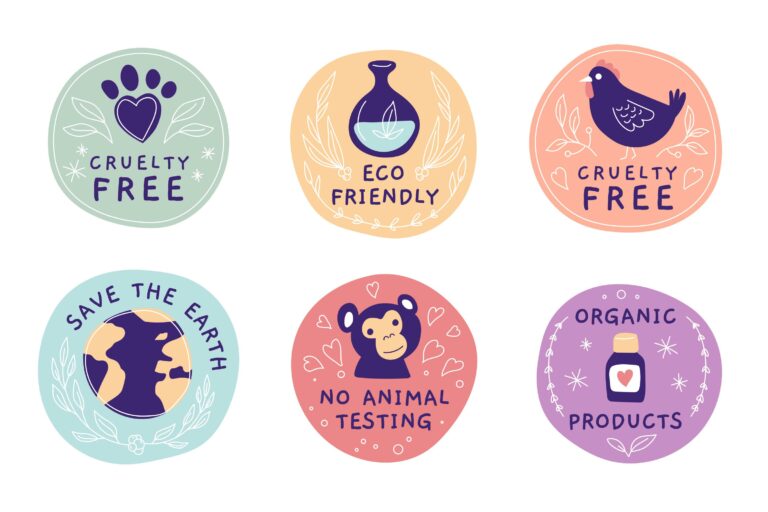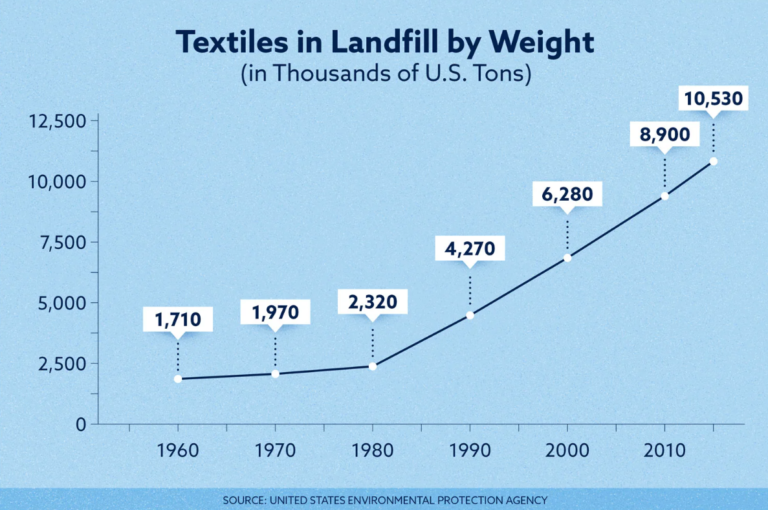Five ways to unlock the power of Sustainability

Our responsibilities to the planet are ongoing and crucial. It can certainly be overwhelming to see the effects of climate change all around us. From extreme weather events like heat waves, wildfires, and devastating storms to rising sea levels, it’s hard to escape the daily reminders of this issue. Many Americans share these worries about the impact of climate change.
In a 2022 report from the UN Intergovernmental Panel on Climate Change, 75% of Americans say they support the U.S’ participation in international efforts to reduce the effects of climate change.
Sustainability is not merely a passing trend; but a commitment to securing a brighter future for our planet. Ohio Energy Project recognizes the need to integrate sustainable practices in not only our core operations but also in our education programming.
Living a more sustainable lifestyle doesn’t have to be complicated or overwhelming. In fact, there are plenty of simple and practical ways to incorporate eco-friendly practices into your daily routine. Here are OEP’s top five easy ways to be kinder to our planet.
Ditch Fast Fashion
Fashion trends change at lightning speed these days. With just a click, you can easily check out the newest trending styles and buy them online without breaking a sweat. Thanks to convenient online shopping and the power of social media, keeping up with what’s going on in the fashion world has never been easier.
This can also make it easy to feel the pressure of having an ever-evolving wardrobe. Unfortunately, this level of consumerism has a major impact on our environment. A shocking 1.92 million tons of textile waste is produced every year. And where does this waste typically end up? In our landfills. Unless swift action is taken to reduce the amount of textile waste we’re producing, the industry’s global emissions will increase by 50% by 2030 (Gunther, 2021).
While convenient, many fast fashion brands contribute to pollution through excessive water usage and chemical waste. Workers in the fashion industry can endure harsh working conditions, long hours, and low wages. In contrast, true sustainable brands use organic materials that are grown without harmful pesticides or synthetic fertilizers. They also promote recycling and upcycling by using fabrics made from recycled materials or transforming old garments into new ones. And lucky for us, there are so many sustainable clothing brands out there.
Check out this comprehensive list of 35 sustainable clothing brands:
Supporting brands that prioritize ethical production means supporting fair wages, safe working conditions, and workers’ rights. It means standing up against exploitative practices that are all too common in the fast fashion industry. Instead of supporting these harmful practices, opt for sustainable and eco-friendly clothing options. Look for brands that prioritize ethical production, use organic materials, or promote recycling and upcycling.
Choose Local
When it comes to choosing what we put on our plates, opting for locally sourced and organic food products is a great way to support sustainable agriculture practices and local farmers.
Organic farming methods prioritize the use of natural fertilizers, crop rotation, and biological pest control instead of synthetic chemicals. By choosing organic food products, we not only reduce our exposure to harmful pesticides but also support farmers who are committed to preserving the health of our environment.
Additionally, supporting local farmers means contributing to the growth of our local economy. When we buy directly from them, we help them thrive and continue practicing sustainable farming methods that benefit both us and the planet. Interested in finding a Farmer’s Market near you? Use this guide from the National Farmers Market Directory to plan your next trip to support local farmers and discover those locally sourced and organic food products.
It’s a small choice that can make a big impact on your health, the environment, and your community.
Save Your Water
One of the easiest ways to go green is by using efficient plumbing fixtures and appliances. These units can not only save you a ton of water but also cut back on your water bill too. Whether it’s a low-flow showerhead or a high-efficiency washing machine, upgrading your plumbing gear is a win-win for both the environment and your wallet.
Low-flow showerheads, for example, restrict the flow of water without compromising the shower experience. They can help you save gallons of water per minute compared to traditional shower heads. Similarly, high-efficiency washing machines use less water while still providing effective cleaning performance. In addition to upgrading your plumbing gear, there are other simple actions you can take to further conserve water. Turning off the tap while brushing your teeth is a great habit that saves gallons of wasted water each time. Fixing leaky faucets promptly is also crucial as even small leaks can add up over time.
Embracing these practices and investing in water-efficient appliances will not only benefit the environment but also make a positive impact on your wallet. Every drop saved today contributes towards building a more sustainable tomorrow.
Love Your Leftovers
Food waste is a significant issue that has detrimental effects on both the environment and our wallets. However, one simple yet effective solution to reducing food waste is to embrace leftovers. By getting creative with our meals and finding new ways to repurpose those extra ingredients or meals from the night before, we can not only minimize waste but also save money in the process.
Leftovers often go overlooked or are dismissed as uninspiring options for our next meal. However, with a little creativity and imagination, they can be transformed into delicious and exciting dishes. For example, leftover cooked vegetables can be used as toppings for pizzas or added to omelets for a nutritious breakfast option. Similarly, leftover roasted chicken can be shredded and turned into a flavorful sandwich filling or used as a protein addition in salads.
But what about those food scraps that we mindlessly toss in the trash after cooking? There are SO many more options for those fruit and vegetable peels, rinds, and end pieces- Check out these tips to find a number of ways you can repurpose those scraps in your kitchen and home.
The production of food involves significant resources and by utilizing leftovers effectively, we contribute towards conserving these resources and minimizing our ecological footprint.
Let’s rethink leftovers as valuable ingredients that have the potential to create culinary masterpieces!
Support Eco-Friendly Brands
When it comes to making purchasing decisions, why not support the planet while getting what you need? Eco-friendly cleaning products have gained immense popularity in recent years. They are made from natural and biodegradable ingredients that are gentle on both your home and the planet. There are options available for all your cleaning needs, from all-purpose cleaners to laundry detergents and dish soaps.
One word of caution: Unfortunately, there are companies that take advantage of our desire to purchase eco-friendly products and greenwash their branding— the act of making false or misleading claims about the sustainability of their products. It’s important to beware of this practice and be an informed consumer of truly green products. Some sustainability certifications to look out for include: EWG Verified, Made Safe, Safer Choice, and Fair Trade Certified. They’re like little green thumbs-up that guarantee ethical production practices and minimal impact on the environment.

FairTradeCertifid.Org is an excellent resource to find the brands that create fair trade certified products.
By choosing eco-friendly products, you contribute to reducing water pollution, minimizing waste production, and decreasing the use of harmful chemicals. From all-purpose cleaners to laundry detergents and dish soaps, there is an eco-friendly option for every cleaning task in your home.
References
Gunther, M. (2021b). Fast fashion fills our landfills. JSTOR Daily. https://daily.jstor.org/fast-fashion-fills-our-landfills/
Pew Research Center. (2023, May 4). Americans’ views of climate change in 8 charts | Pew Research Center. https://www.pewresearch.org/short-reads/2023/04/18/for-earth-day-key-facts-about-americans-views-of-climate-change-and-renewable-energy/
Abbey Thomas
Amanda Breckenridge, M.Ed is a former elementary teacher turned project coordinator and freelance writer.



